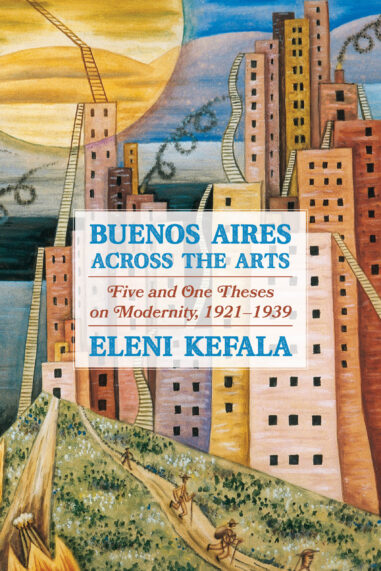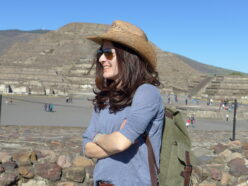
Hardcover $60.00
Request Exam or Desk Copy. Request Review Copy
Buenos Aires Across the Arts
Five and One Theses on Modernity, 1921-1939
Buenos Aires across the Arts is a marvelous book. It succeeds in being both rigorously erudite and theoretically adventurous. Eleni Kefala ties together people, moments, works, and ideas with great skill and elegant style. I have read few books which offered so much fresh thinking on the relationships between cultural expression and urban form.

